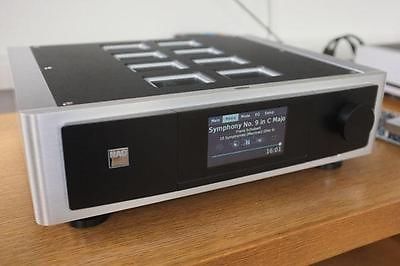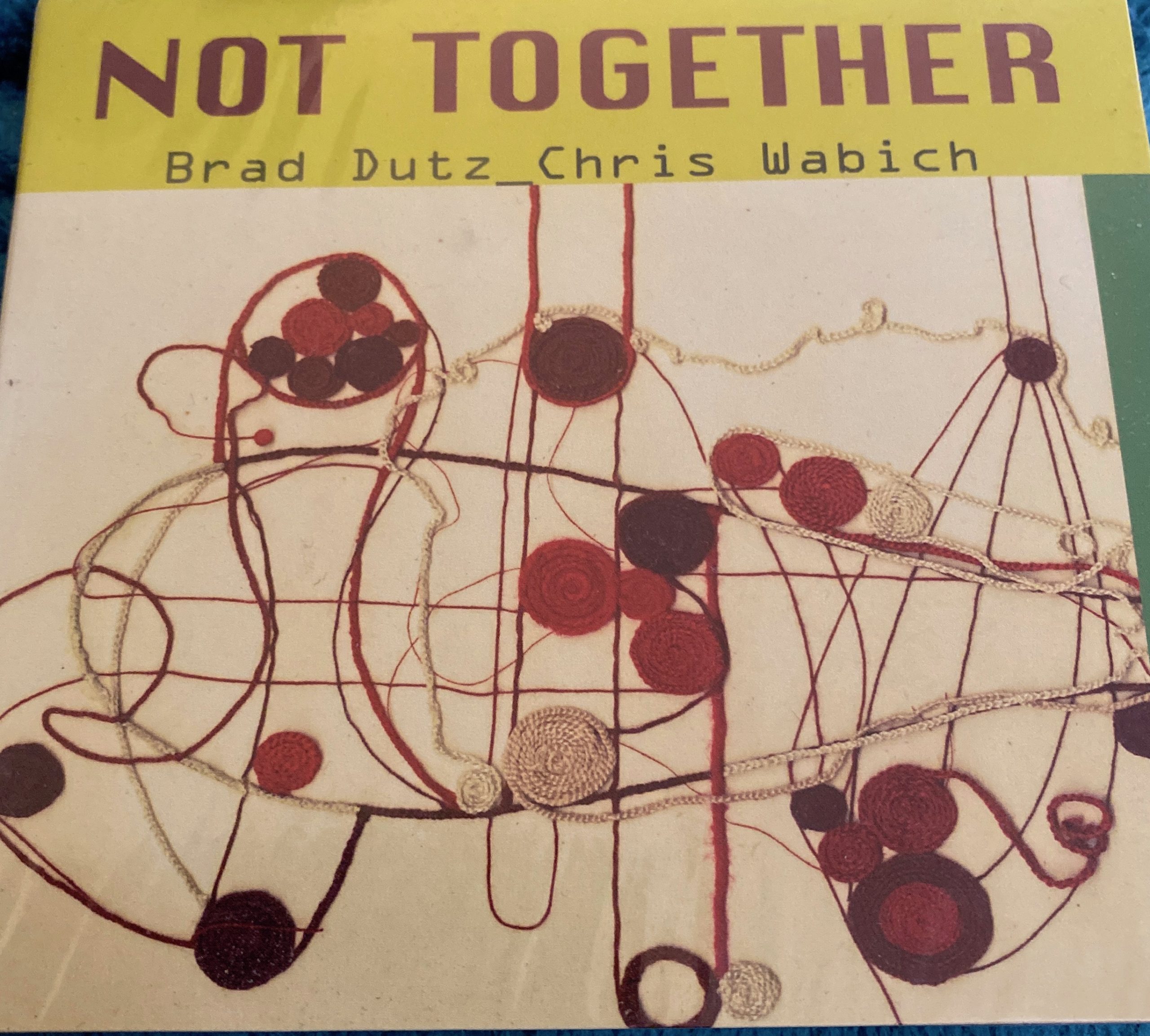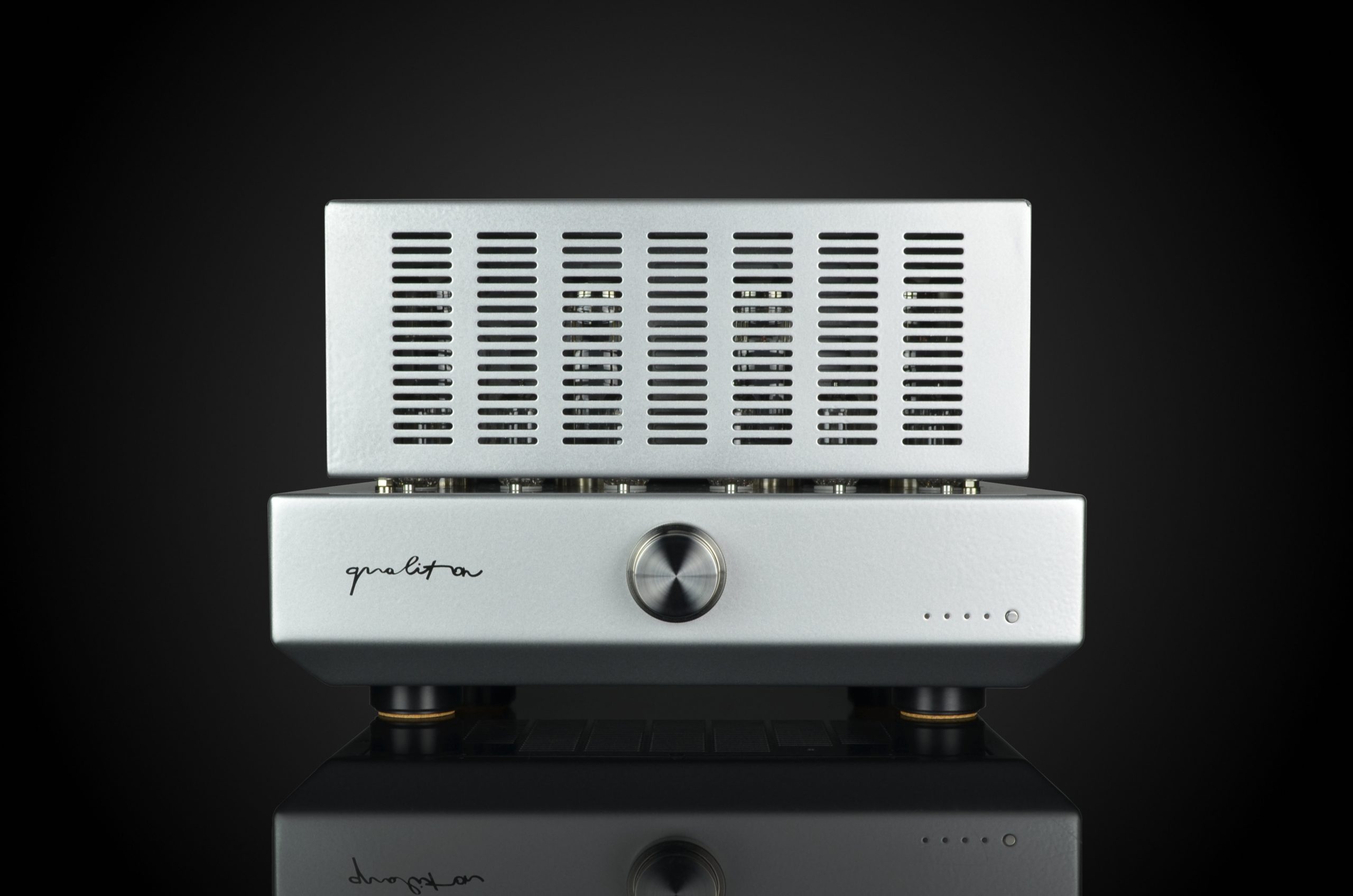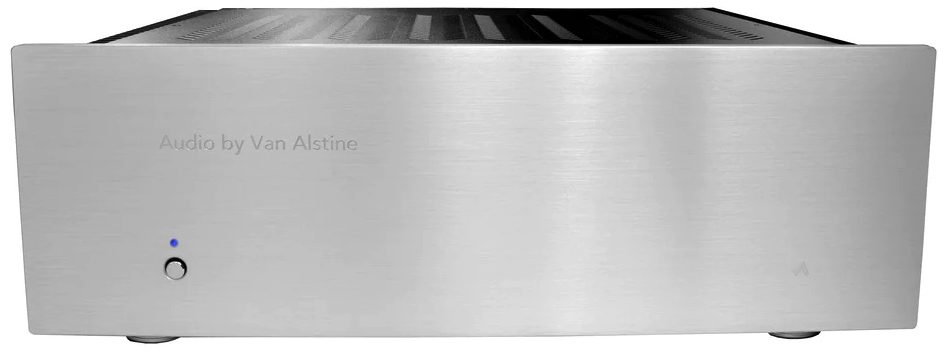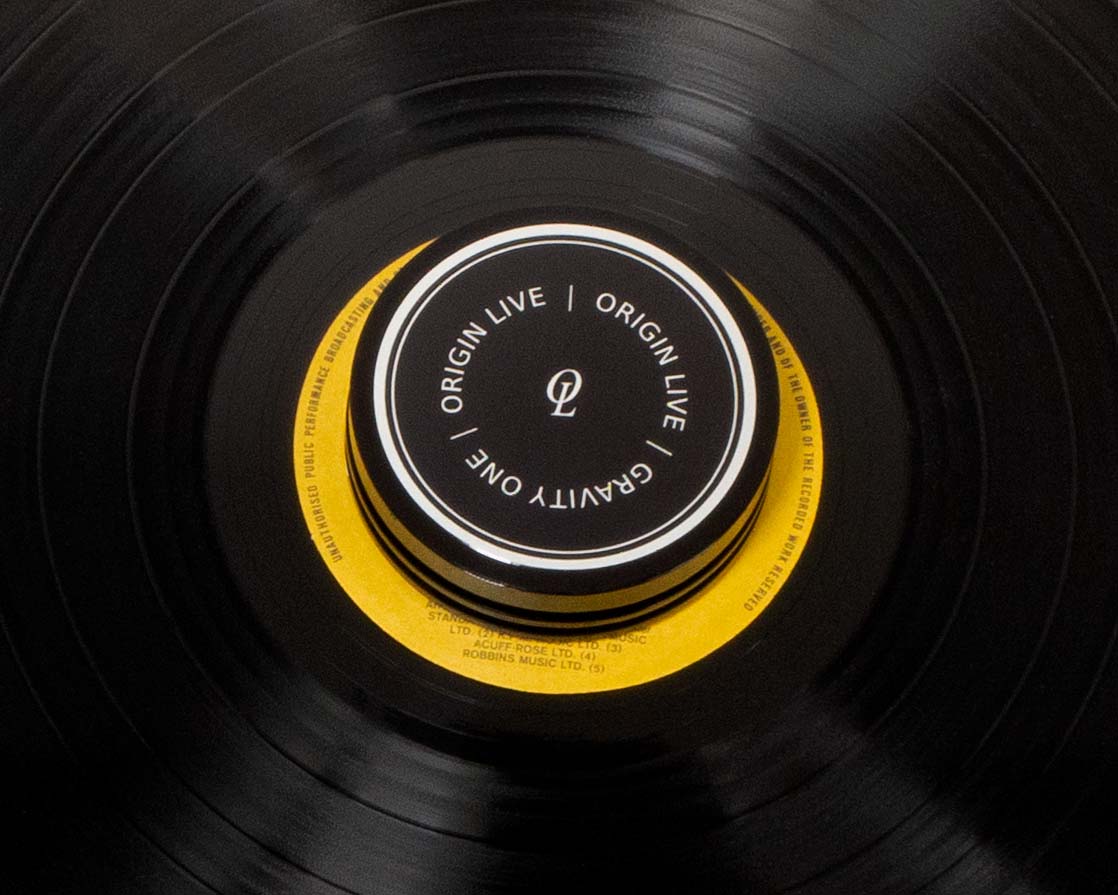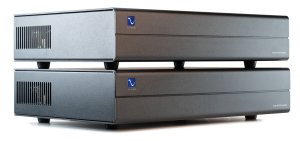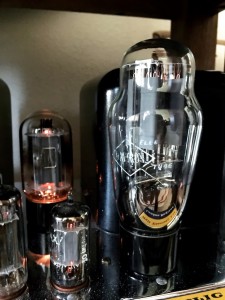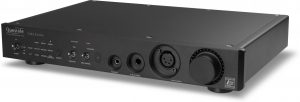I understand why there are so few surround sound gear reviews in high end audio. Two channel reviews occasionally dip into technology (not from moi) but (to paraphrase Bill Clinton), it's about the sound qualithy, stupid! Surround sound reviews end up being highly technical because so much is going on—straight wire with gain? Ha! In home theater and surround sound the signal does not course its way straight through wire, but rather the signal is going to the moon, pirouetting 5.1 times and then back to earth, er your amplifier(s), or, some metaphorical version of that.
Surround sound reviews tend to talk about the effects of sounds like rooms shaking, jets over head and or earthquakes and what the latest codec can do. And, sure those are part of the home theater game, but I don't think you'll find that sort of discussion of interest anywhere at positive feedback. When discussion circles around the vortex of how the technology works, it might be an interesting sidebar but does little to persuade me. I'm agnostic about technology and religious about sound quality. It seems to me some designers are capable of making nearly any technology sound good and some designers, well the proof is in the pudding.
For me, truth of timbre is an absolutely necessity. There is no musical reality for me if timbre is bleached, thinned or altered. Failure to pass muster here is an absolute deal breaker for me and always my first criterion. It also explains why I don't write as many reviews as I did.
Second on my list is dynamics (macro first and micro some distance back). If the scale of a performance and the scales of different instruments one to the other aren't preserved it's not music properly reproduced. This is a bit harder to assess for me, so I'm less dogmatic about it, but without a good sense of scale, my interest wanes rather than terminates.
Finally, I need bass that goes to at least 40Hz. This criterion is much easier to satisfy, but it's on my list nevertheless. The first two of these criteria are much harder to achieve than the third, but without the three I'll be a distracted and irritated listener. And, I get the audiophile lust for imaging, but it is not and never has been important to me—more of a stupid dog trick that's fun to watch. I understand imaging is important to some, just not to me.
I need to start with an apology to NAD and you readers. I took extensive listening notes, typed those into my computer and attempted to say something insightful about surround sound music or home theater. I discovered I don't have much to offer a reader about surround sound as a technology and intended to rely on sharing listening anecdotes. Unfortunately, the computer I had my notes on was stolen in a burglary. Accordingly, this review will be light on detail.
I've been an interested two channel listener for at least thirty years and I've had little interest in surround sound music or home theater. I got along with 2.1 quite happily for quite a while. My family life, however, turned "my stereo" into "the family's entertainment center." The tube preamp that was coopted for the family entertainment center was being left on for days at a time, whether it was used or not. That boiled my NOS Mullards to no end and... I purchased an Onkyo PR-SC885(b) surround sound preamplifier to eliminate that problem.
For several years I had been swapping two high end preamps with the Onkyo, first an EAR 864 (three years?) then a YBA Alpha 1 preamplifier (9 months). I willingly swapped interconnects between the two "systems." Though I'd simplified that as much as I could, from time to time following some experiment with two channel audio I was greeted with... silence. It seems impossible that that could happen, but ... the day came when I had to try something else.
I tried using only the Onkyo for all of my listening, e.g. music, movies and games, since it got about 90 percent of our use anyway. Audyssey's MultiEQ room correction elevated the Onkyo's performance quite a bit from a "forget it" quality to boring. The uptick moved from boring to bland and midrangy without definition at either frequency extreme. That sort of performance isn't really a problem for movies and games but not enough to make listening to music a compelling experience.
It appears the reason why there is a lower performance bar for movies and games is because of how our brains work. If I understand the research I've read, it turns out our brain is something of a time share device. The more senses are involved to decode information the less critical each of our senses become. With music, we've got just ears in operation, i.e. one vector of stimulation. With movies we've got auditory information as well as visual information to decode, that's a little more difficult to appraise quality. Add in the room shaking with bass and our limbic system (the "lizard brain" that takes over our brains when it perceives an exigent threat) probably alters our capacity to be even vaguely critical of anything but our experience, i.e. versus critical of the actual performance.
With the Onkyo as my only preamp experiment underway I noticed I became a more diligent husband; calls to take the trash out seemed more and more sensible and urgent. Soon I noticed that without calls to take the trash out or walk the dog I found myself not listening to music... Maybe music is no longer an important part of my life, I thought. I reconnected my EAR and voila, the dog went unwalked, the trash piled up again...
The final impetus to try something new came from my Onkyo starting to die. The heat sinks from various power supplies are positioned directly underneath some of the daughter boards inside the preamp. I surmise that this heat has caused multiple daughterboard failures, including the video board as well as maybe the room correction. Though the Audyssey room correction programming I've made still works, I can no longer retest or reset my room correction to match a change in listening position. While some people will repair a house on a beach after a hurricane, I will not repair an Onkyo so designed and that put me at fish or cut bait.
Do I replace the Onkyo AND find a two channel preamp with home theater bypass or do I buy one high quality surround sound preamp to perform all functions? I decided to put my toe in the water of the latter. I thought of the NAD M17 in part because of its heritage in two channel, but also because I recently purchased and have enjoyed NAD's HP50 VISO headphones. I like them quite a bit. They are elegantly designed, good sounding and beautifully finished. A little closed in sounding, maybe, but a rich full sound I can enjoy. Lenbrook International graciously let me listen to their M17.
A wish for the home theater performance. My German-born wife likes subtitles on movies. She worked as a high level translator during business negotiations for a multinational company in Germany translating English, French and Spanish so she's got a good ear and understands English about as well as me, idiomatic expressions notwithstanding. She rarely needs something repeated in conversation because she doesn't understand it—so I'm not sure why she's wanted subtitles, but I'm hoping an uptick in intelligibility will let us turn them off. It is possible that her wishes arise from poor miking, recording or because of system overload, I don't know.
Technical Stuff
Not really a technical issue, but something you'll want to plan around. Surround sound processors, the M17 included, run warm, perhaps as warm as some tube amplifiers. That was very surprising to me, but each the three surround sound preamps I've tried recently ran strikingly warm. NAD has wisely made substantial cutouts in the top of the M17, see the picture above, so while the M17 didn't get that hot, heat exhaust has to be part of your planning—don't pack it tightly into a small rack.
The M17 features six HDMI inputs, three component video inputs, three composite video outputs, four coaxial and four toslink digital inputs, and seven analog inputs, including the ability to connect an analog 7.1 source. The analog connections are helpful if you have some legacy analog products on hand, say an older game controller like a Wii—processors that are exclusively digital will force you to either upgrade the product to a version with digital output or do without. For my uses there were nearly three times as many input options as I needed. While the typical Japanese AVR will have more inputs, the amount of gear required to exhaust the M17's inputs staggers my mind—how big would that rack be? Too big for my room!
NAD uses Audyssey's MultiEQ XT, which is a more recent implementation of Audyssey's MultiEQ in my Onkyo. I found it worked quite well. The M17 has only one balanced subwoofer output but two unbalanced subwoofer outputs, hmm. Funny thing, MultiEQ XT only corrects for the summed performance of the two. My subs are close to equidistant from the listening positions, but fire from different parts of the room. I found NADs implementation of Audyssey's room correction effective, creating superior focus, image specificity and a clearer tonal quality. All this, while also removing my awareness of rear channel speakers which moved about eight feet closer to the listening position while the front channels moved the same distance away.
Remote control and "operating system." Add my name to the many who have praised NAD's remotes. I found the logic path to accomplishing what I wanted with the remote was either obvious or intuitive, not sure which, but I was easily able to find and properly engage essentially all controls without recourse to the manual. I say essentially because the M17 is packed with so many features... you need to know what they do to know whether you want them. Switching between the various "listening modes" (DTS, Dolby, NAD's EARS and more) was really easy to do, again without having to review the manual. It was "Apple-like" if you will.
Listening modes. NAD had a veritable alphabet soup of room "listening" choices, e.g. DTS, Dolby Digital, etc. a few might be missing, but... I couldn't have cared. From the suite available I was able to obtain a satisfying sound, but see below. The listening mode that worked best seemed more related to the original software than the modes themselves. I liked all of them at various times, though "enhanced stereo" which sends a stereo signal through all five speakers was... not a favorite.
Tone controls. Really easy to use. Worked well on "correctable" sources. I tried it watching Russell Hoban's excellent zen meditation A Mouse and His Child on youtube. This is clearly a VHS copy. NAD's restrained range of tone controls were unable to make the bright and tinny sound character dulcet let alone tolerable. I did not otherwise want or need tone controls on the movies or music I listened to.
Perhaps the piece of information most compelling to me is the M17's modularity. Parts of the M17 can or will be upgraded over time. As the need and technology become available, e.g. 4k video, another new streaming codec, buyers can simply upgrade a card, much like we used to do with computers rather than tossing the whole thing out—better for the environment and your pocket book, assuming either of those matter to you. But, it's a terrific thought to not have to scrap your preamp just because there's new technology.
Onto the M17
I had the NAD M17 for about three months. I recall the first few weeks of it more than the last few weeks of it. Because of forgettable performance? The first few weeks I had it in house I was listening for failures, shortcomings and learning how to make it work. I tried every sort of digital material through it, from games on our Wii U, Oppo BDP105, music on hard drive through the Oppo, youtube and movies from Netflix, both blu ray discs and the streaming variety. I even tried out vinyl through the M17—more on that later.
NAD, or more likely Audyssey, chose to highpass my speakers at 80Hz. I tried that for awhile and thought it acceptable, but different sounding than when running stereo. ATC calls for their speakers to be run full range, so I edited the selection to let my speakers run full range. Perhaps the sound was a bit less precise, but it also sounded a bit more relaxed and natural also. I did all my critical listening with the ATCs run full range.
The M17 can correct up to eight listening positions but we stopped at three because... we usually only have three people listening at a time. Total time for room correction for our 5.2 speaker setup was less than ten minutes. The first pass through looks for all seven channels, each subsequent room correction pass then tested the detected channels (five in our case) after the first pass.
Room correction technology seems to have moved light years. When I reviewed the TAG Mclaren AVR32r about ten years ago the sound from the rear channel speakers were a bit too obvious for a completely immersive experience—I concluded at that time you'd need a really large room to not be aware of speaker locations. Like two channel there was one "sweet spot" though with every listening you could hear the rear channels as such. Both the Onkyo and M17's were superior to the Mclaren, yielding a much wider sweet spot with hardly a sense of where the speakers were located.
The M17 was head and shoulders above the Onkyo. Without room correction engaged the M17 was more resolving and image specific than the Onkyo was with its room correction engaged, much as I'd found my E.A.R. and YBA preamps to be superior to the Onkyo. After a week or so I engaged NAD's room correction.
Dialogue intelligibility was clearly improved with the room correction thus eliminating my desire to have subtitles on. My wife, on the other hand still wanted it. Not because voices weren't clear. I guess that it's a cultural German need for clarity, or maybe something inherent in listening to a second language. In any event she averred she wanted the surety of knowing she's hearing dialogue "correctly."
Whereas the Onkyo killed me softly by boring me, the M17 was an inviting presentation. Its character is that of plenty of detail for those wanting the gestalt of an experience rather than an electron microscope close up of every detail of a performance. I think the presentation is much more natural like in the real world; when you listen in you hear more detail, you're not "pushing back" on an imposing "hyper-reality" experience, unless you're having that sort of experience. I tend to prefer a more relaxed presentation, my ATC speakers notwithstanding. It has been my experience that finding preamps for my ATCs has been difficult, but the M17 passed easily. Timbre was rich, detail just about Goldilocks right and no frequency stood out above or in front of another. This was a surprisingly good start.
Music
Compared to the Onkyo, reproduction of acoustic guitar was more nuanced with the sustained tone fully represented while attack and decay were present but less on display. Ry Cooder's acoustic guitar on Paris, Texas let me listen in to the sustain as well as the room decay on that spare recording. "She's Leaving the Bank," a favorite of mine, was emotionally evocative but a bit shy of my reference preamplifiers which put more of the recording studio in my listening room.
Acoustic piano, too, like Glenn Gould playing the Goldberg Variations on CD or Genius Within: The Inner Life of Glenn Gould a compelling documentary on Gould was full timbre and "pacy" if you will. Jessica Williams' "Esperanza" from The Art of the Piano was as emotionally captivating as it is on my reference rig and conjured up the richness of the piano in our listening room. Large scale recordings like Carl Orff's Carmina Burana and the Chorale for Beethoven's 9th Symphony were thrilling.
I found timbre to be rich and full enough and such a delightful timbre that I did not wish for a tube in my system, something rather remarkable given that I've had a tube somewhere in my system since 1992! I have found that tubes do a great job of making sure that timbre is rich enough to pass my first criterion. NAD's M17 was rich enough in timbre that at the end of my review I simply forgot that I was still reviewing the preamp. This was really good performance.
Movies were awesome. If I am less critical of movies, it's because the M17 was a delight. The remote and all the menus it accessed were really easy to work through to create whatever change I might have wanted. Bombs exploded miraculously—The Hurt Locker was a thrilling and awful experience. I also ransacked Netflix for music movies, like the excellent biopic Beware of Mr. Baker, the story of drummer Ginger Baker, History of the Eagles, Muscle Shoals—who'd have thought so many R&B classics from the 60s and 70s were backed by a bunch of white guys in Alabama—and more, all excellent and highly recommended. The Blu Ray disc of Jeff Beck: Performing this Week... Live at Ronnie Scott's nearly captured the frissson of being in the presence of live music. Truth be told, even if I had my notes, I probably wouldn't have a lot more to say because the M17 delivered such a natural rendering of music.
Not Perfect
I do have some criticisms for the M17. It was close to the sound of my current reference YBA α 1 preamplifier, but not the same. The YBA is an unusual solid state preamplifier, one that excels at reproduction of timbre, right at the edge of the richness of really good tube reproduction, but with greater clarity, precision and articulation than its thermionic cousins.
While the YBA conveyed more tone color and that color more intensely, it's amongst the best I've heard. As noted above, while I would prefer the reproduction of the YBA, I wasn't pulled out of a musical experience by the M17. Where the M17 didn't follow the YBA is that with the right recording the YBA could put the performance in my room, and do that in a way that was mesmerizing. And, to call a spade a spade, the intensity of the YBA might be a bit too much for some. Excepting poor recordings, the M17 delivered a "natural sounding" musical experience—trite, but if you know the experience you can bear with me. Both of these solid state preamplifiers are pretty exceptional.
My second nit is that the M17 digitizes all signals. Plug in analog, it's digitized, plug in a CD and you're not hearing your CD player it's the NAD, the same goes for a Wii U or the like. You're mostly going to hear the quality of the A/D or the D/A. Should that be a worry?
I set out to test the "digitization" and the possible problems by inserting two phono stages into my system. The first was Pear Audio Blue's midline phono stage ($1999) as well as NAD's PP4 phono preamp ($199) a pretty good spectrum even if the number of candidates was limited. The Pear Audio Blue is a tubed phono stage that is fairly small, but large compared to the diminutive PP4 and ten times more expensive.
The Pear Audio Blue sounds a bit more like a classic tube preamplifier than say my EAR 864 (which didn't sound tubey at all) or even Pear Audio Blue's top of the line Reference—timbre was rich moving toward, but not beyond, "ripe" and that was enjoyable even if unneeded in my system. I think a lot of people could find the Pear Audio Blue a very satisfying sound.
The PP4 is a wunderkind, with both MM and MC gain stages as well as facility to digitize LPs—I will be trying that feature out soon. For the price, it's stupid good! It is clean, clear and musical. It does not and did not pull out all of the detail and richness the Pear Audio Blue did through either my YBA or the M17, however it's good enough that I was gob-smacked and had trouble articulating what it did wrong, except to say that I preferred the ten times more expensive phono stage.
The M17 conveyed the differences in resolution, dynamics and color between the two. The Pear Audio Blue was richer in hue and palpability than the PP4. The tubed unit's slight differences were enough to move this listener from enjoyment to captivation. Ry Cooder's "She's Leaving the Bank" from Paris, Texas on LP was simply more riveting, more an "artistic" expression than the PP4. The piece moves from somewhat chaotic guitar noodling to melodic and rhythmically compelling section and then devolving back to chaotic noodling. With the YBA and Pear Audio Blue working together, the movement to melodic and rhythmic seemed like a discovery for Cooder's guitar, whereas with the PP4 created it as simply an inevitable progression—hope that distinction goes from me to you.
The M17 did show the differences in performance enough to make the more expensive phono stage seem like a better choice for a music lover, money issues notwithstanding. Thus, though the M17 digitizes signals it preserved the qualitative differences. So, yes, the M17 digitizes everything but its digitization is of a pretty high quality. Two things stopped me from making the M17 my reference: 1) it was the very first review option I considered, that's hardly a decent sample size to choose from; and 2) I think keeping an analog preamp is necessary for a reviewer who writes about vinyl on occasion.
This last comment is less a nit than a caveat. Some listeners like a hyper-real presentation of music so that you can hear sounds clearly that would not be heard at all in a live music setting—with my ATC speakers the M17 didn't do that. If you want sound that reaches out and grabs you, I don't think the M17 is the product for you. If you want a sound that makes it easy to hear what's going on and a sound that invites listening into the layers of musical tapestry? Well, the M17 might be up your alley.
Conclusions
Previous NAD components might not win beauty contests, but the Masters Series M17 might. The Masters Series seems to be a "luxury line" within the Lenbrook portfolio that performs as well as it looks. It is ergonomically excellent with intuitive controls that are easily accessed and could be tailored to my every whim.
It's musical tapestry was rich and detailed with a nuanced timbre while playing exceptionally well with speakers that expose the ugly in recordings without hesitation. The M17 was more open sounding than my HP50 VISO headphones and was very near if not at the intersection of natural and neutral. If you want a hyper detailed presentation you'll want to look elsewhere. For me its performance was so pleasing that I honestly forgot that I was without my reference preamplifier for the last two months I had it on hand.
I think NAD's M17 is a reference quality preamp for a high end two channel system. It's a pleasure that it can also ably discharge duites as a surround sound preamp. I found it able to accomplish nearly anything I wanted in the realm of home theater. For some NAD's M17 could be an "end of game" choice for a two channel audio and a home theater system. I think the day is coming that many two channel hobbyists who don't cross over to a single preamplifier for home theater and high end audio do so because they like the idea of having two systems more than they need it or so the M17 seems to suggest. Recommended.
NAD Masters Series M17 $5499
NAD




